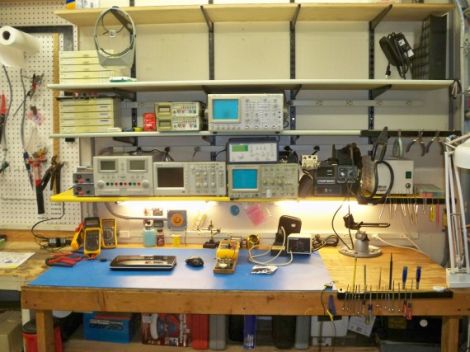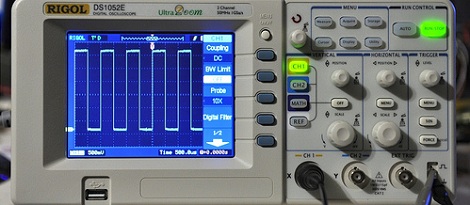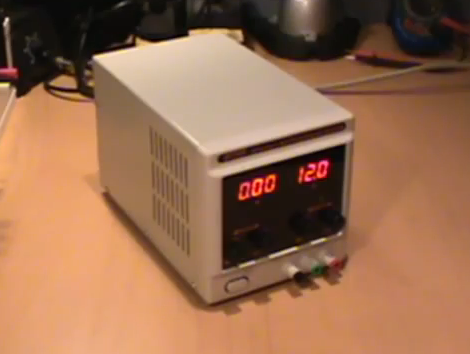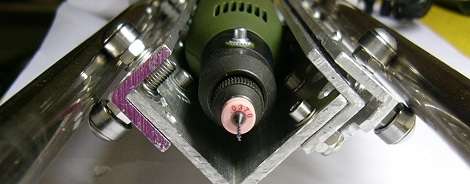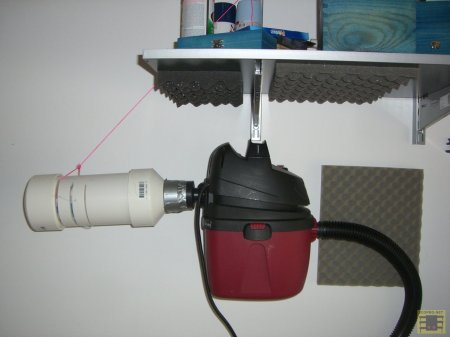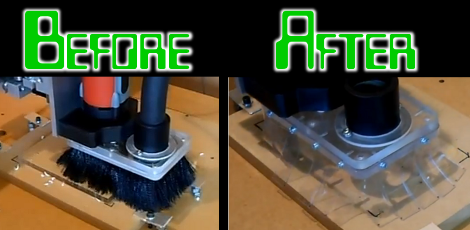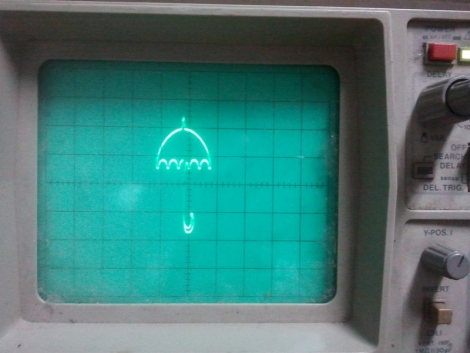
If you own an oscilloscope, sooner or later the urge to see something other than signals on the screen will strike. Some people ignore the urge and go about their normal business while others give in, spending hours carefully crafting images, games, and more. The process is time consuming and tricky as our own [Kevin Dady] discovered, but rewards come in the form of geek cred and are hard to pass up.
[Alex] wanted to draw on his oscilloscope, but decided that he would try something other than the microcontroller-based solutions we have seen in the past. He figured the easiest and most accessible way to draw on the scope was with sound, so he whipped up a small application he calls Rabiscoscopio to do most of the work for him.
He starts off by drawing an image using a single line, saving it as an SVG file. This image is converted into an audio file by Rabiscoscopio, which can then be fed directly into his oscilloscope from his PC. That’s all there is to it – it really doesn’t get much easier.
While you could claim that [Alex] is cheating his way through the oscilloscope drawing process, we think his application rocks – after all, hacking is about making your technology work for you rather than the other way around.
Give Rabiscoscopio a try and post the results here or in our Flickr stream – we’d love to see what you guys come up with.
In the meantime, check out the video below to see [Alex’s] attempt at replicating the Garoa Hackerspace logo on his scope.
Continue reading “Rabiscoscopio – Oscilloscope Drawing Made Easy”

